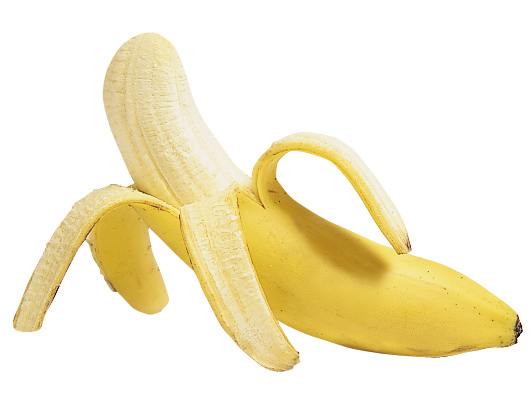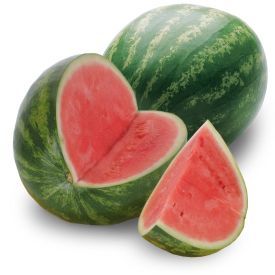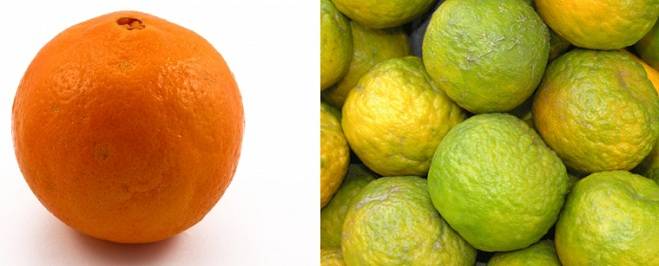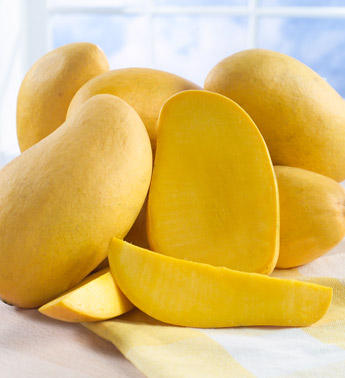[su_heading style=”default” size=”13″ align=”center” margin=”20″]Nutrition Guide – Health Benefits of Fruits[/su_heading]
Guide : Health Benefits of Fruits
Fruits are the gift of nature that can keep us healthy and fit. The fruits are considered the best medicine in the world, which can provide many health benefits like some fruits can serve as an anti aging agent, some can provide glowing skin, rejuvenation, etc. Almost all the people, eat fruits. Some may not like all the fruits available in one’s country. All fruits have one or many health benefits, which are a great source of minerals, vitamins, fibers, and anti-oxidants and can help us to protect against stress, diseases, cancers. With the increasing use of chemicals, some people have started doing facials with the fruit pulp, which is a best alternative to cosmetics.
So, some of the commonly available fruits and their health benefits are discussed below –

- Banana (Musa acuminata colla) – Banana is nature’s energy rich fruit, which actually comes in a safety envelope. It is a calorie rich fruit. 100 g of can provide us 90 calories.
- It can replenish us with energy. It is because it consists of easily digestible flesh, consisting of simple sugars like fructose and glucose which instantly fills the body with energy. This is the reason they are eaten by athletes and underweight children.
- It helps to reduce constipation problems as it contains a nice amount of dietary soluble fiber which helps normal bowel (or intestine or hose) movements.
- Very good source of Vitamin B6.
- Moderate source of Vitamin C.
- If bananas are eaten fresh, they can also provide enough amounts of copper (required to produce Red Blood Cells), magnesium (needed to strengthen the bones), potassium (controls heart rate and blood pressure) and manganese (required for the body for the proper functioning of the enzymes).
- It works as an anti-aging agent.
- Reduces menstrual cramps.
- Rich source of vitamin A, B and E and can produce a great effect on the skin, if banana facial is done. It’s effect on the skin can’t be ignored.

- Watermelon (Citrullus lanatus)– Watermelon are greatly used to extinguish the thirst and contains around 97% water, Vitamin A, anti-oxidants like lycopene and much more. This fruit has originated from Southern part of African countries and from there it is now known and eaten in all parts of the world.
- Watermelon’s flesh is mostly red in color. But, it is also available in orange and yellow in some parts of the world.
- Very low in calories (30 calories per 100 gram).
- Rich in water content (Approx 97% water).
- Great source of Vitamin A, which is a powerful natural anti-oxidant and protects from lung and oral cavity cancers.
- Rich in many other anti-oxidants required for body’s proper functioning.
- Good source of Vitamin C (Develops resistance against infectious diseases or agents), potassium, B-1, B-6, manganese. Potassium protect the body from coronary heart diseases, strokes, and blood pressure.
- Watermelon can even protect us from certain type of cancers like colon, prostate (It is an exocrine gland of male reproductive system that secretes milky, white fluid), breast, endometrial, lung, and pancreatic cancers. It is due to the presence of the phyto-chemicals like lycopene and carotenoids.

- Orange (Citrus sinensis)– Orange is a juicy and citrus fruit, which contains an impressive list of vital nutrients. Oranges are generally categorised into 2 categories – sweet (mostly consumed) and bitter (mostly produced in Nagpur, India).
- Great fruit for improving skin texture and also skin complexion.
- Rich source of Vitamin C.
- Low in calories.
- Contains no saturated fats.
- Contains no cholesterol.
- It provides good level of Vitamin A.
- Good source of Vitamin B-complex.
- It can slow skin’s aging process due to the presence of collagen.
- By rubbing the insides of the orange can help a person to tighten its skin.
- It can be dried and then used as a natural scrub.
- Orange can clear the skin blemishes also.

- Mango (Mangifera Indica) – The king of all fruits, Mango is called so not only because of its good flavour, but also due to its nutritional benefits and other qualities. Due to climatic conditions, Indian mangoes tastes best and are exported to other countries also.
- Excellent source of Vitamin A, which is good for improving eye-sight.
- Protects from cancers like prostate, colon, breast and leukemia (or blood cancer).
- Good source of Vitamin B-6, Vitamin C, E.
- Consists of moderate quantity of copper.
- Regarding skin, it can help in retaining skin elasticity, fights against skin aging and it regenerates skin cells too.
- Rich in dietary fibers, flavonoids like alpha-carotene, beta-carotene and, anti-oxidants like carotenoids and polyphenols.
- Fresh mango can contribute to our body a good level of potassiums also.
- Unripe mangoes can lead to latex allergies because of anacardic acid present in raw mangoes.

- Apple (Malus domestica)– Apple is a crunchy food that is the favorite of health conscious persons. It is available in shapes like pear and oval. Apples are crimson red, fade red, green and yellow in color. “An Apple a day keeps the doctor away”, is a well known saying.
- It lowers cholesterol. It is because a medium sized apple contains almost 4 grams of fiber, which blocks the absorption of cholesterol. Thereby, reducing its amount.
- Apples may also keep us lean. It was seen in a study on mice that the peel of apples contains ursolic acid, which can lower the risk the obesity.
- Low in calories (50 calories in 100 gram of apple).
- Contains good quantities of Vitamin C (this vitamin is required to improves immune system and hence fight against diseases), B-complex and beta-carotene.
- Apples can keep us far from breathing problems like asthma.
- It is good for the brain due to presence of phyto-nutrients and anti-oxidants, which help in better communication between nerve cells.
- It decreases the risk of diabetes. It was proved in a study done in 2012, and published in ‘American Journal of Clinical Nutrition’.
- Contains small amounts of potassium, phosphorus, and calcium.
[su_note note_color=”#b71319″ text_color=”#ffffff” radius=”3″ class=””]Do you like this post ? Sharing is Caring ![/su_note]






 alle Lektionen:...
alle Lektionen:... 





